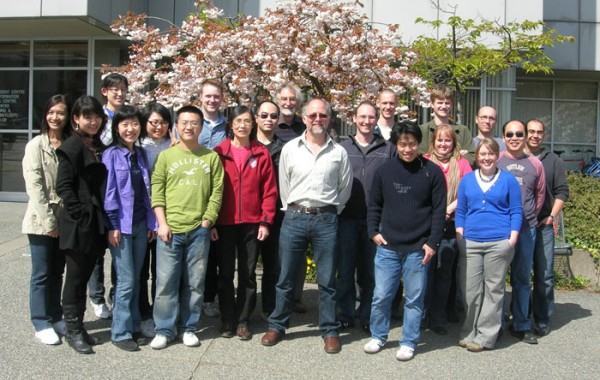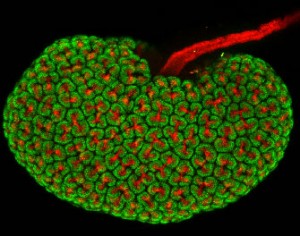November 17, 2015 – about 6 hours before the writing of this post – may be an important day for future generations to remember. Just 6 hours ago, University of New South Wales in Australia has released a press release that the first lines of quantum code has been written. What is quantum computing and why should anyone care?
It’s a very different concept from modern computing – which uses the typical binary system consisting 0’s and 1’s to represent data in a single unit called a bit. Quantum computing opens up many more possibilities than just 0’s and 1’s in a single unit. It can hold double the amount of states where 0-1 and 1-0 can also exist at the same time in a single unit.
Basically, the different between normal computing and quantum computing is similar to trying to send an SOS message using morse code versus texting. Using morse code, you’d have to write nine units of information to get the message across: … — … in such fashion. Using text, you would only have to type “SOS”, 3 units of information to call for help.
This means that once this technology is better understood and as more complex code for this system can be written and computed, it will be possible to store information in exponentially smaller files and compute faster. Check out the video below about quantum computing by user Veritasium on Youtube if you want to find out more about it.

Researchers at the Google funded artificial intelligence lab at NASA believe that quantum computing could be the key to having enough processing power and efficiency, along with data efficiency to achieve artificial intelligence. I am not so sure if that is something that I would want in my life time. Call me paranoid but it would seem wise to assume that an intelligent entity would learn to put its own needs before any other being’s.
Having said that, I think the benefits of quantum computing and coding, once masterd by engineers and scientists, will be a leap forward in technology. With the potential of exponentially faster processing power, we could expect next-generation iPads to outperform today’s supercomputers. Think of the possibilities!
By Justin Yoon







